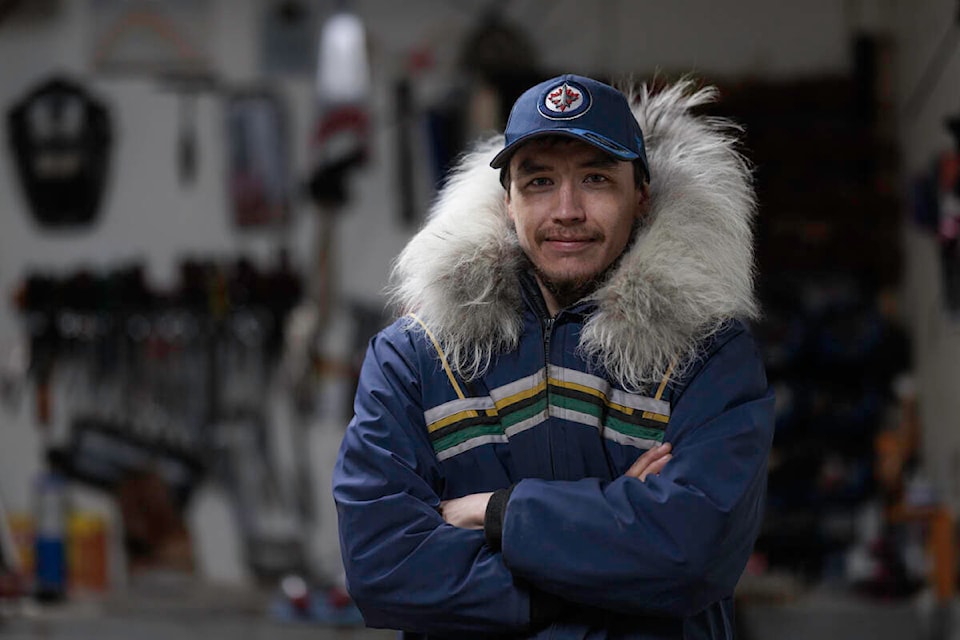According to data sourced by Environment Canada, the Kivalliq region and Nunavut as a whole have experienced one of the snowiest winters on record.
But anecdotal evidence from hunters and travellers on the land says almost the complete opposite.
And Environment Canada even agrees.
“I’m just at a loss to explain it,” said Sarah Hoffman, meteorologist with Environment Canada.
She has heard the same stories of lack of snow from people on the land, but perplexingly, her data doesn’t back it up.
“I’ve heard a similar story around Nunavut, but I have looked into the numbers and it seems like the numbers don’t really support the experience of the people on the ground,” said Hoffman.
“Most of the observations, especially around the Kivalliq, are actually a wetter than normal winter.”
In fact, Baker Lake’s winter has been the second wettest in Environment Canada’s 72 years of history. In Resolute, it’s the wettest winter in 75 years of data. For Rankin Inlet, it’s the seventh wettest in 40 years of data, and in Arviat, it’s the sixth wettest in 30 years of data.
Hoffman floated the possibility that blizzards and strong winds could be pushing snow toward Hudson Bay, noting that Environment Canada gets its measurements from places inside communities, usually the airport.
“I don’t know exactly why we have this discrepancy,” said Hoffman. “But I do want to say that the experience of the people on the land is valid and they could be right. It’s just that our numbers don’t support that.”
Nathan Tulugak, a hunter in Rankin Inlet, is also at a loss.
“It’s just a headache,” he said, trying to provide for his family, friends and Elders in town in the 10 or so hunting trips per month he takes.
His sled even broke down on his last trip, and his brother had to haul him back to town, which took seven hours.
His Ski-Doo has been constantly overheating, and it’s forced him to spend about $3,000 more than he would in a normal winter to repair and maintain his equipment.
“The majority of the lakes have no snow,” said Tulugak.
It’s the first time he’s seen such a lack of snow in his 27-odd years of hunting.
There’s more snow on the land and sea ice, but on the lakes, Tulugak has to be careful to try to trace around the powdered and snow-packed areas on the sides and not run his machine over the bare ice for too long. Tracking animals has been made harder because of this too, he added.
He can’t explain the discrepancy between people’s experiences and the government’s data, but he knows it hasn’t been good for hunters.
Natasha Angajaaq Tattuinee said even the roads in Rankin Inlet have seemed to melt early.
“I needed to change my skis because the roads melted too quick,” she said. “And not just the ski rods.”
Environment Canada looked into whether winter melts could have played a role in the lack of snow on the ground, but at least between December and February, there appeared to be no significant heatwaves to cause that.
